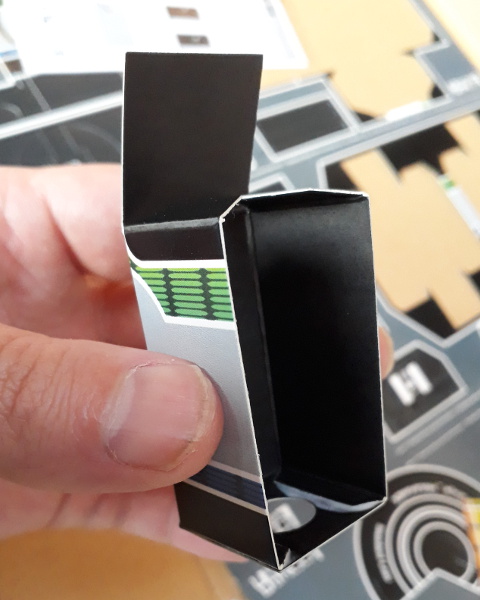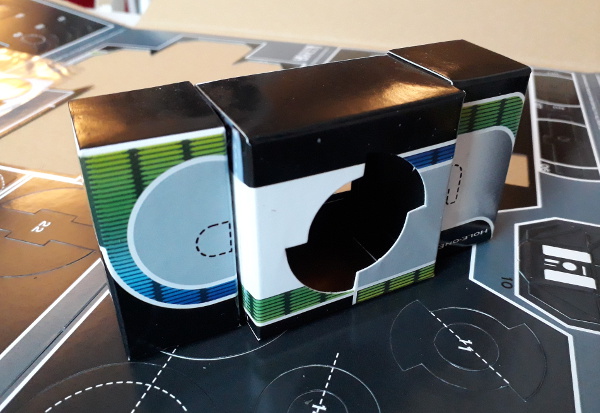In the footsteps of Fox Talbot (part one)
Or, going back to the early days
The Child Who Likes Animals is a great devourer of television, particularly documentaries, and can recite great swathes of the hours of television he has watched. Usually this involves things about his usual interests, such as animals, or palaeontology, or Brian Cox talking about planets. Recently, though he’s rediscovered a CBBC series from a few years ago that has recently been repeated: *Absolute Genius with Dick and Dom*, in which said presenters learn about great STEM figures from history. He was rather taken with the episodes on Darwin (naturally), the Herschels, and Delia Derbyshire;* but became particularly obsessed with the inventor of the photographic negative, Henry Fox Talbot. In that one, Dick and Dom build a pinhole camera out of an industrial-size wheelie-bin, making it into a binhole camera; the episode is worth it for that pun alone. The Child Who Likes Animals, naturally, wanted us to build our own.
Making one quite that large, I pointed out, wouldn’t really be practical for taking around the place; but pinhole cameras themselves aren’t that hard to build. In fact, as it turned out, we had a papercraft one already lurking in the rainy-day-activities cupboard. Naturally I would have to do most of the building work, but why not get started?

The instructions on the packet said it could be built in as little as two hours. If you use some sort of instant-setting impact glue that might be possible, but with standard PVA (the packaging recommended “white glue”) I suspect it will take rather a lot longer, given how sensible it is to stop and let things set properly between steps.

As expected, not only did I end up doing all of the building work, but The Children rapidly disappeared to go and watch a film or something. In theory, though, you would think a pinhole camera would be an ideal subject for papercraft, because all cameras are essentially just a black box with a hole (or lens) at one end and something light-sensitive at the other. This build seems largely to consist of folding up a few card boxes, gluing them together, and attaching a fiddly-looking but entirely cosmetic fake pentaprism housing on top. By the time it’s finished, I suspect it will end up 75% PVA by weight.

There are two potential issues I can see with the whole thing. Firstly, building a working and light-tight takeup spindle out of card is going to be a very fiddly exercise which might well prove to be the Achilles Heel of the project. Secondly, there are a couple of card edges that the film has to pass over, emulsion-side down, and I can imagine them scratching the emulsion to buggery. Oh well, I wasn’t exactly expecting it to take pin-sharp perfect results in any case.

I have to admit that previous papercraft projects have foundered, incomplete, after one or two building sessions. Hopefully given that this thing is at least intended to produce something usable, I’ll manage to get it finished to the point of being able to put a film through it. Whether anything will be visible on the film afterwards (and whether The Child Who Likes Animals will actually want to use it) is another story. I’ll keep you posted.
*The next update on this project is here*. *Part three is here*.
* Personally I rather liked the episode about James Watt, which featured the Newcomen Engine at the Black Country Living Museum, the Crofton Pumping Engine, and a few brief moments of the Severn Valley Railway’s Stanier Mogul 42968 at Kidderminster.

 Home
Home